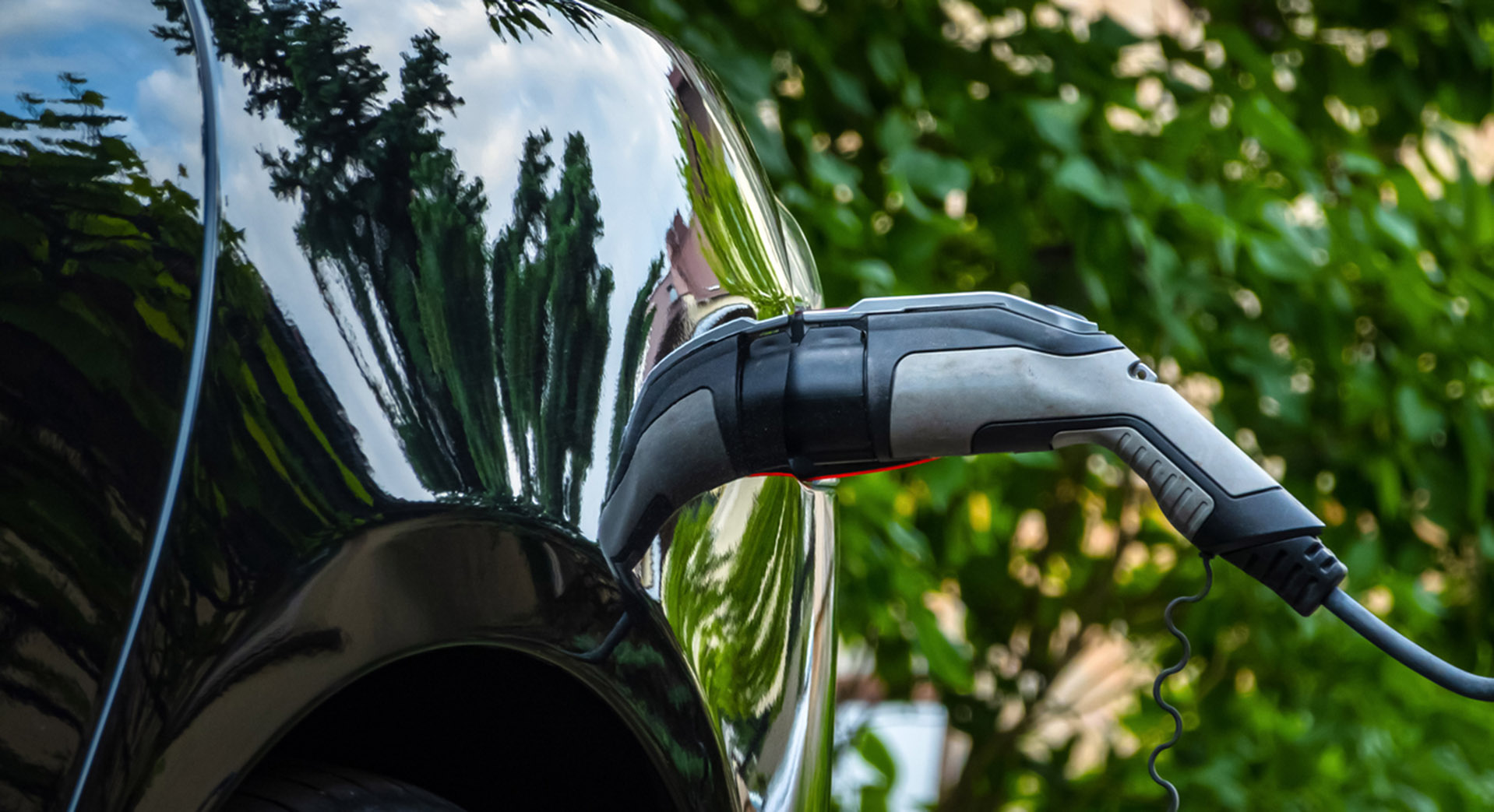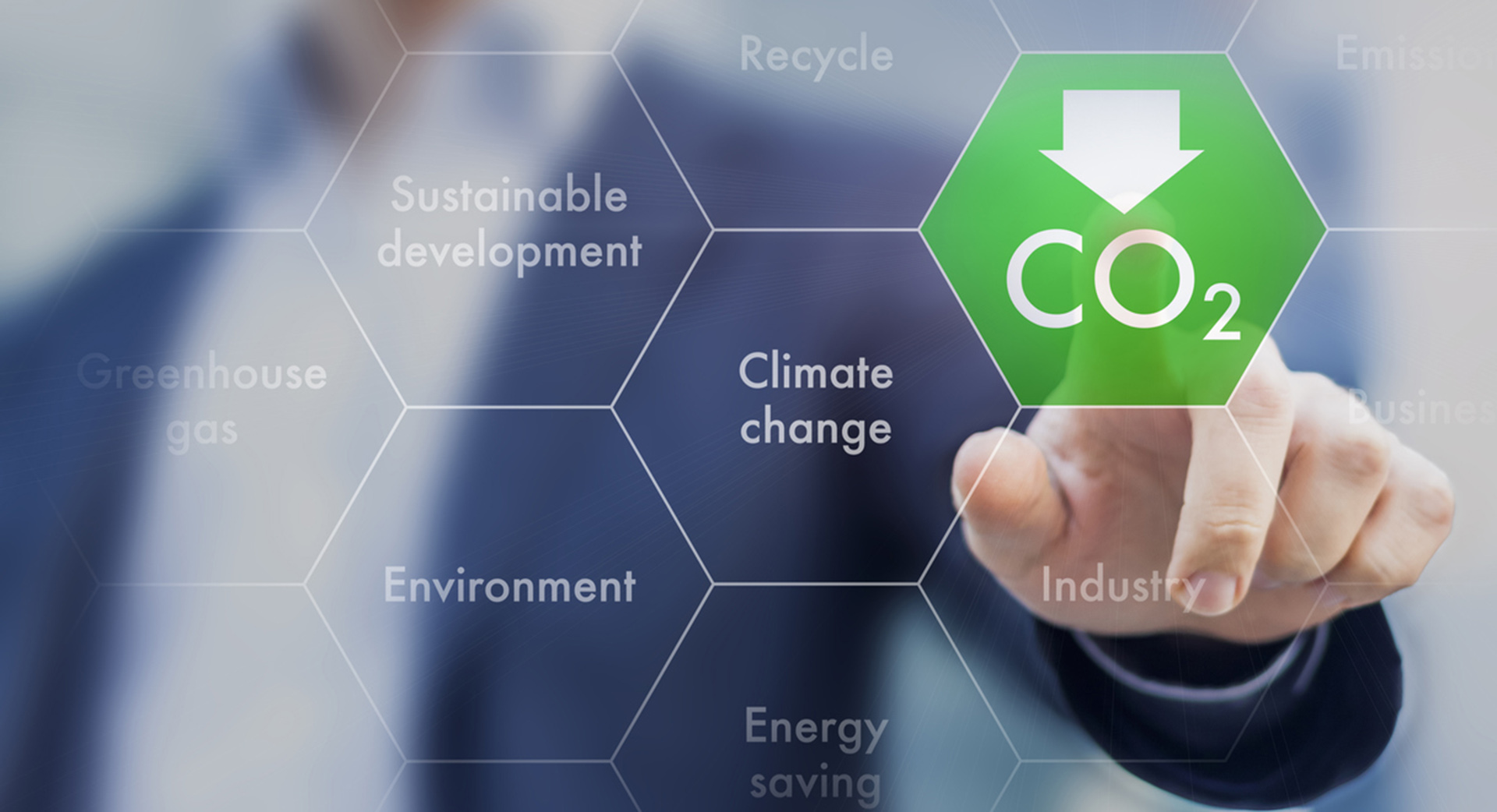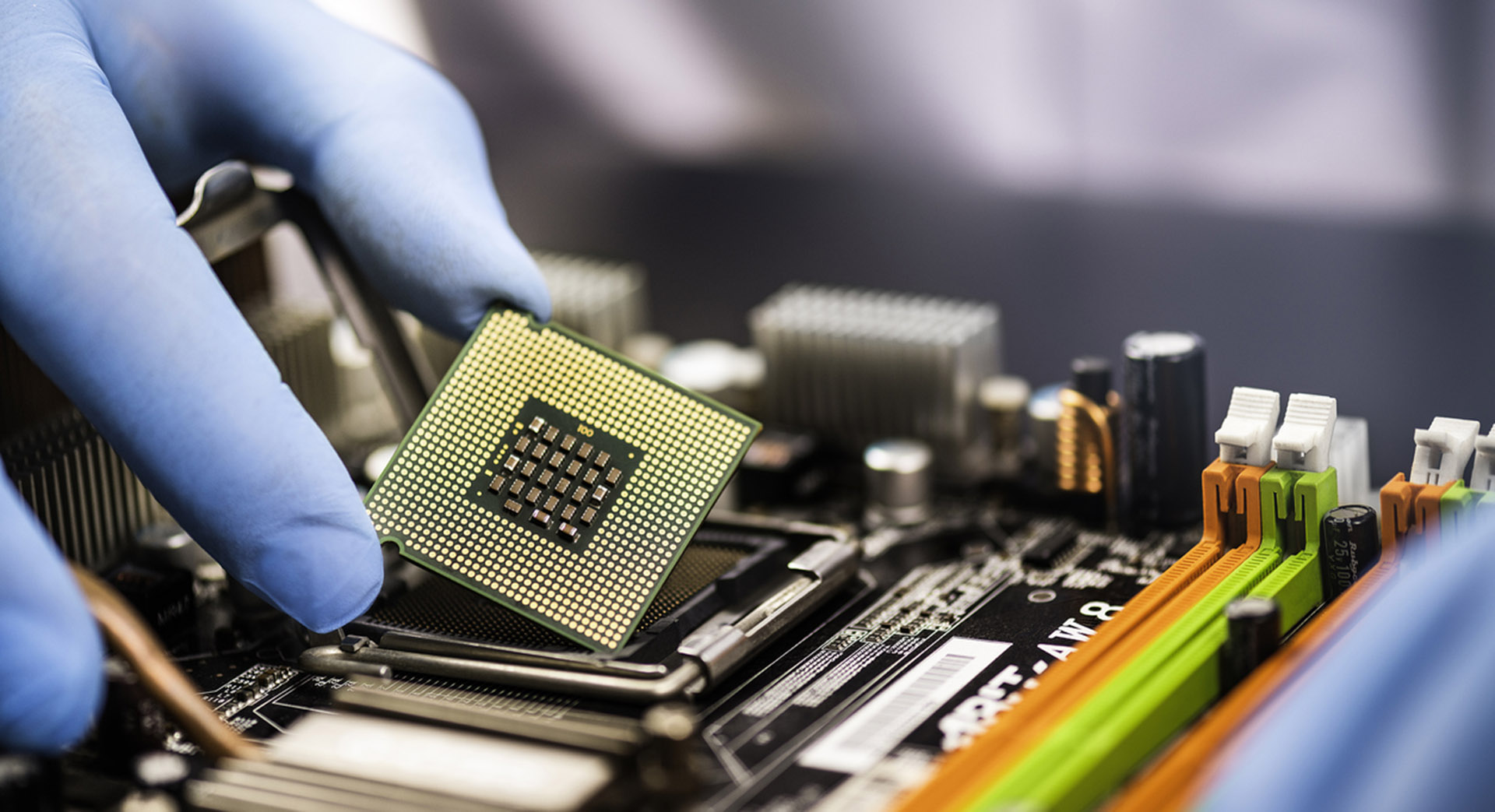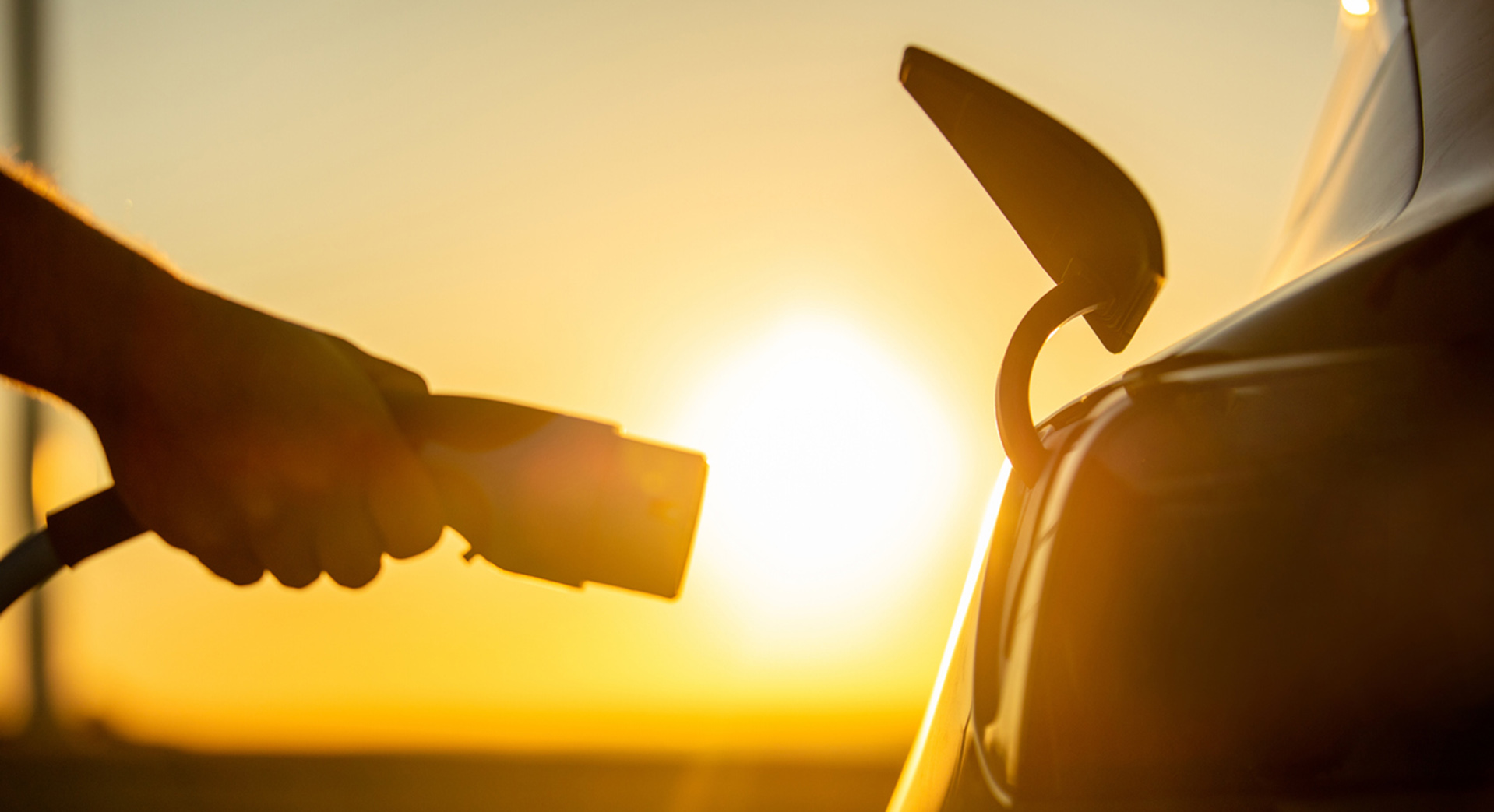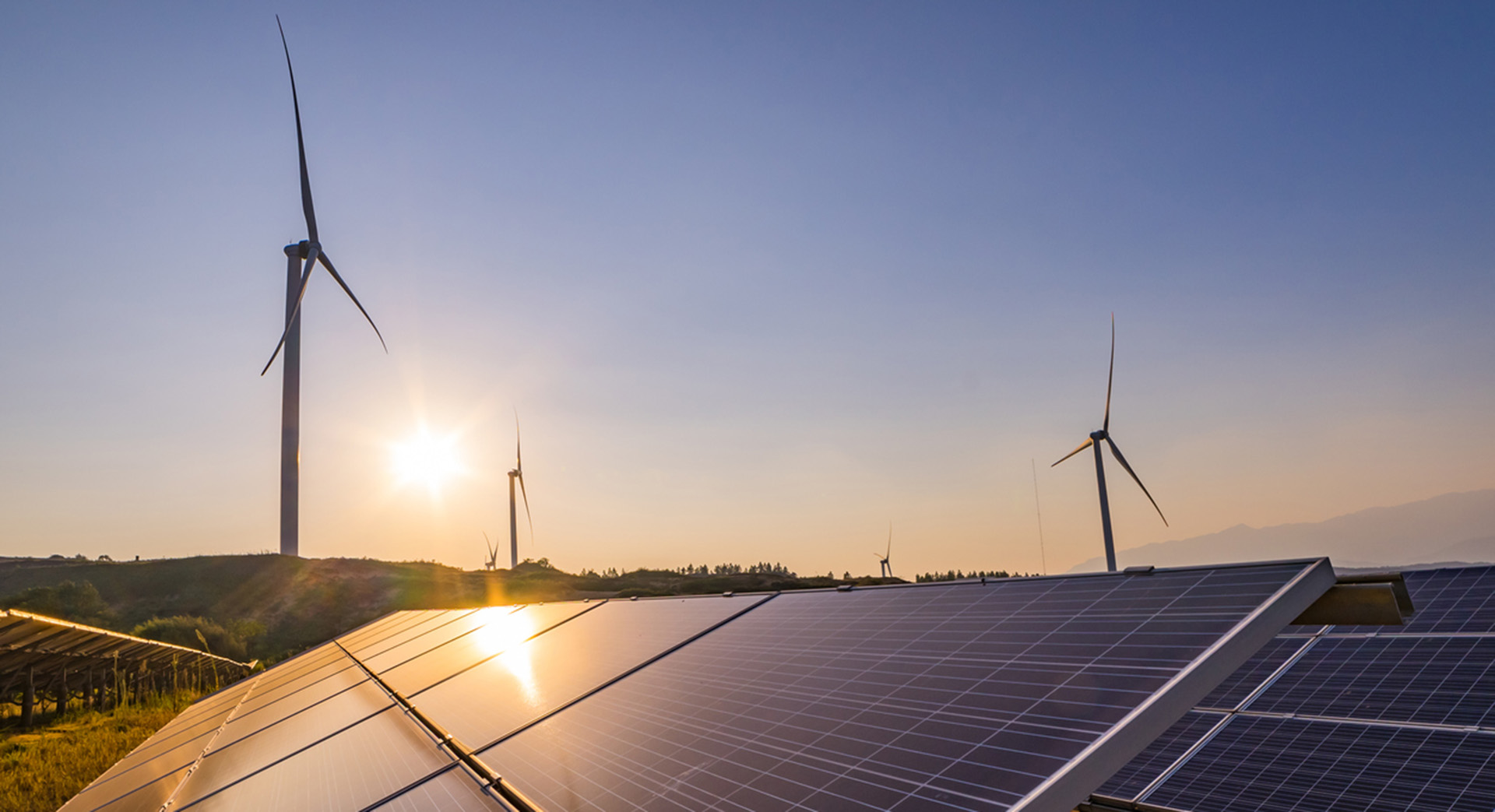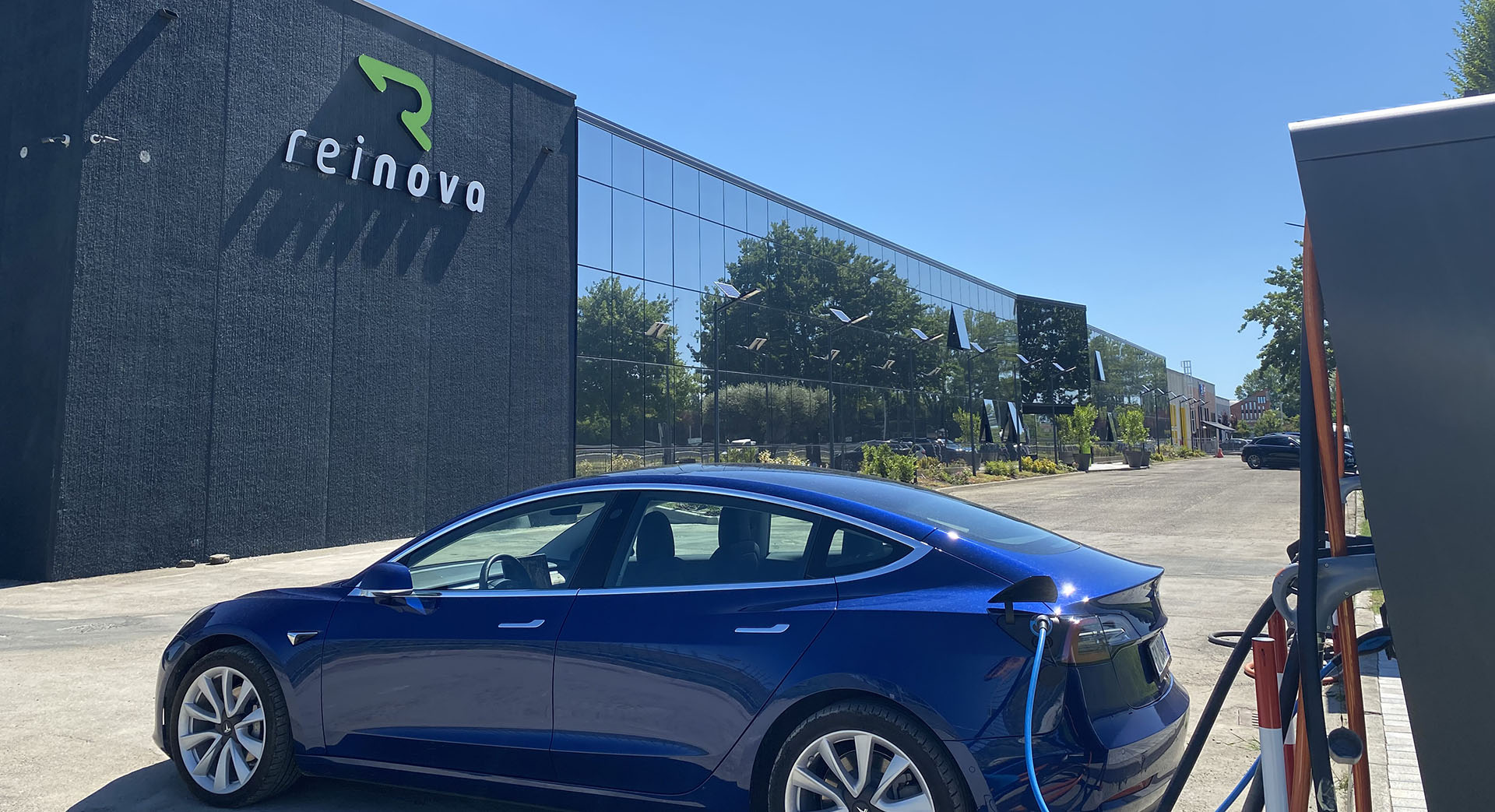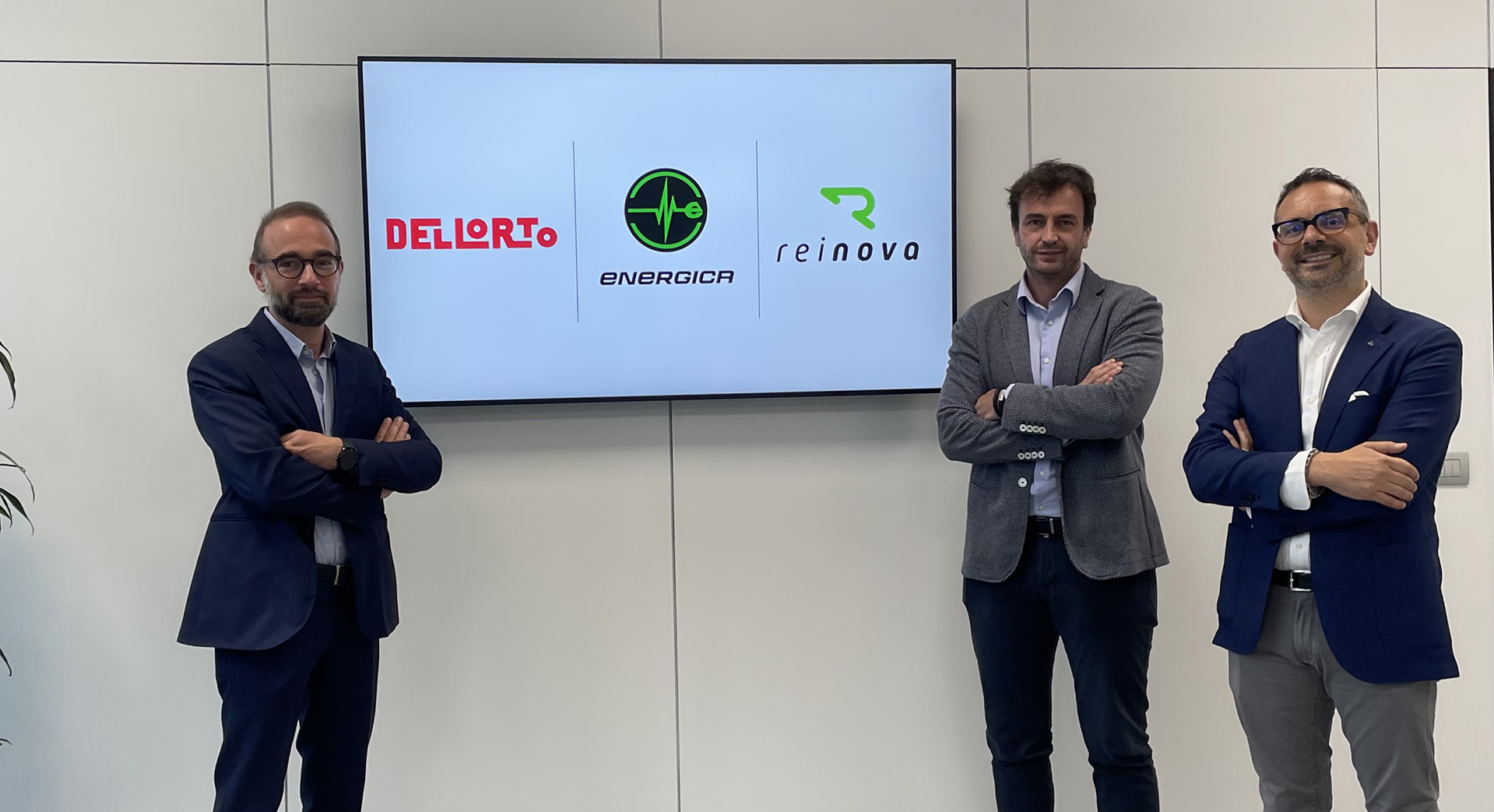Most studies of electric vehicles underline their ecological benefits and zero emissions, at least where they are used, with huge immediate advantages for improving the quality of life in cities.
City centres are the perfect place for the circulation of electric vehicles, especially if of small dimensions, used also for last-mile logistics and for waste collection.
Higher quality of life: zero emissions and silence in residential centres
It should be emphasized that a completely electric vehicle (BEV) does not emit exhaust gas where it runs, and is also quite silent, and therefore very suitable for the city, without causing heavy environmental impact, caused by noise, which is responsible for serious pathologies.
Electric lorries and trucks are considered the future for the collection of waste and for last-mile commercial deliveries, which often occur at night, when most people are sleeping and need as much quiet as possible.
Indirect emissions of electric vehicles linked to the production of energy
We have already referred to how renewable energy sources, also in Italy, increasingly contribute to meeting energy demand, also with new technologies, and therefore not only hydroelectric energy, which has always been a very important source in Italy. The storage of energy with batteries makes it possible to balance peak production periods of renewable and sustainable energy sources with falls in production, as they are often directly dependent upon climatic conditions. Photovoltaic and wind energy will increasingly accompany the development of electric mobility, which will then really become zero-emission. With regards to photovoltaic energy, it’s possible, already today, to talk of 0 km home production and consumption, given that a system on a roof of the garage or in the driveway or in the place of work can recharge electric cars.
Reduction of indirect emissions thanks to the efficiency of electric vehicles
When electric car batteries recharge, they contribute, albeit indirectly, to emissions of CO2 and other polluting and harmful gases emitted by thermoelectric power stations which use fossil fuels for the production of electricity.
The production of thermoelectric energy in Italy accounts for around 53% of the total and derives mainly from the efficient combustion of natural gas in modern and flexible power plants. The electrical energy is then transported by the efficient distribution network to the BEV charger, with an efficiency estimated to be around 95%. Electrification benefits from an important factor: in the electric vehicle every unit of energy, every Watt received from the charging infrastructure is used in an extremely efficient way:
• The battery charging system has an efficiency estimated at around 95%.
• Once charged, it is estimated that the batteries are able to use around 95% of the energy received for charging.
• The conversion and control system, the so-called DC/AC form of direct electric current coming from the battery, transformed into alternating current, useful for application in electric traction motors, has an efficiency estimated at around 95%.
• Electric motors, finally, transform 95% of the absorbed electrical energy into mechanical energy applied to the wheels for vehicle traction.
It’s possible to estimate that a BEV converts as much as around 82% of electrical energy received from the electrical power supply into mechanical energy for traction. This is the so-called “tank to wheel” analysis.
It is estimated that internal combustion engines, such as diesel, petrol and LPG, with a comparative “tank to wheel”, calculation methodology, have losses, especially thermal, of around 70%. Only 30% of the energy present and available in the fuel, therefore, is effectively used for the traction of the endothermic vehicle.
It can readily be affirmed that an electric vehicle uses the energy it receives much better for moving, polluting, therefore, much less compared to traditional vehicles running on an ICE engine, even if the energy source of the BEV is only thermoelectric, that is, from gas.
Now, we’ll turn to the distribution of fuels and electricity; admitting that the same fuel is used for generating electricity or for powering an internal combustion engine, the loss for the transport transformation and distribution of electricity is, nevertheless, estimated to be only 5%. If, on the other hand, we consider transporting the same amount of fuel to the petrol station, there are estimated losses of 66%, and therefore the efficiency of the same fuel is only 44%, which then falls further to a miserable 13% of useful energy to the wheel starting from the same source. These are the so-called “Well-to-Wheels” analyses, from the deposit to the wheel, highlighting why electric mobility is to be considered as ecological, favourable for the environment also due to the much more efficient use of the energy available, even if the energy is entirely produced from fossil fuels.
It should be said very clearly that electric vehicles require energy and raw materials for the production of the batteries which can, in any case, already today be disassembled and reused in less demanding applications than for BEVs.
New opportunities for the automotive components industry
The thermal management, heating and air-conditioning of the vehicle interior but also of the batteries, which must always operate between 20°C and 50°C, can strongly influence the autonomy of BEVs and on the general efficiency of the vehicle system. Given that autonomy is a central aspect for autonomous electric vehicles and could be considered a weakness, the average consumer, used to endothermic engines, expects an autonomy of hundreds of kilometres of any BEV on the market.
The first new heat pumps have appeared for the Thermal Management of electric vehicles (* see the Glossary below), a technology intended for the automotive sector, precisely to avoid dissipating precious electrical energy, applied only for the heating of the batteries and the people transported. In inefficient vehicles with ICE endothermic motors, thermal energy is abundant and is around 70% wasted; it’s therefore easy to heat the interior with the cooling liquid of the diesel or petrol motor. This innovative technology will also create important opportunities for specialised companies that decide to produce new dedicated components for so-called HVAC systems for thermal management.
Conclusions
The development and production of new, modern components for BEVs, dedicated above all to thermal management, today represents a great opportunity for growth and a challenge for the entire automotive components supply chain.
Supplier companies of automobile parts have benefitted over the years from the low efficiency of ICE engines and the easy supply of fuel, remaining blocked at traditional solutions, without real innovations, lacking motivation for technological development.
Now is the moment for a recovery in research and development, also through external consultant laboratories, in automotive companies specialised in the production of a series of technical solutions for automotive applications.
GLOSSARY
BEV – Battery Electric Vehicle, a fully electric battery powered vehicle.
ICE – Internal Combustion Engine
DC – Direct Current, continuous current, also coming from a battery;
AC – Alternating Current, alternate current, coming from an alternator;
Thermal Management – the complex system for the management of air-conditioning, cooling, both of batteries but also of the vehicle interior. Efficient heat pumps are often used in the new BEV vehicles.
HVAC – Heating Ventilation Air Conditioning. (*) Heat Pump – also called thermo pump, is a thermal device for vehicles able to extract and transfer thermal energy using the compression of a gas. In the field of air-conditioning or the Thermal Management of modern vehicles, the term Heat Pump specifically refers to an innovative air-conditioner with a reversible valve, which changes the direction of the flow of cooling fluid and thus makes it possible to add or remove heat to/from the interior or the series of batteries, depending on the temperature required by the system. The function of the Heat Pumps on BEVs is independent from the movement of the vehicle, so can be easily used when the vehicle is parked, for pre-heating or cooling, also from remote, with a smartphone, but especially for the automatic air-conditioning of the (especially rapid) series of batteries for recharging, which need a very precise temperature range, between 20°C and 50°C. There are already BEVs that if set up with in recharge mode, prepare the temperature of the batteries in advance, making the recharge more efficient and rapid.
